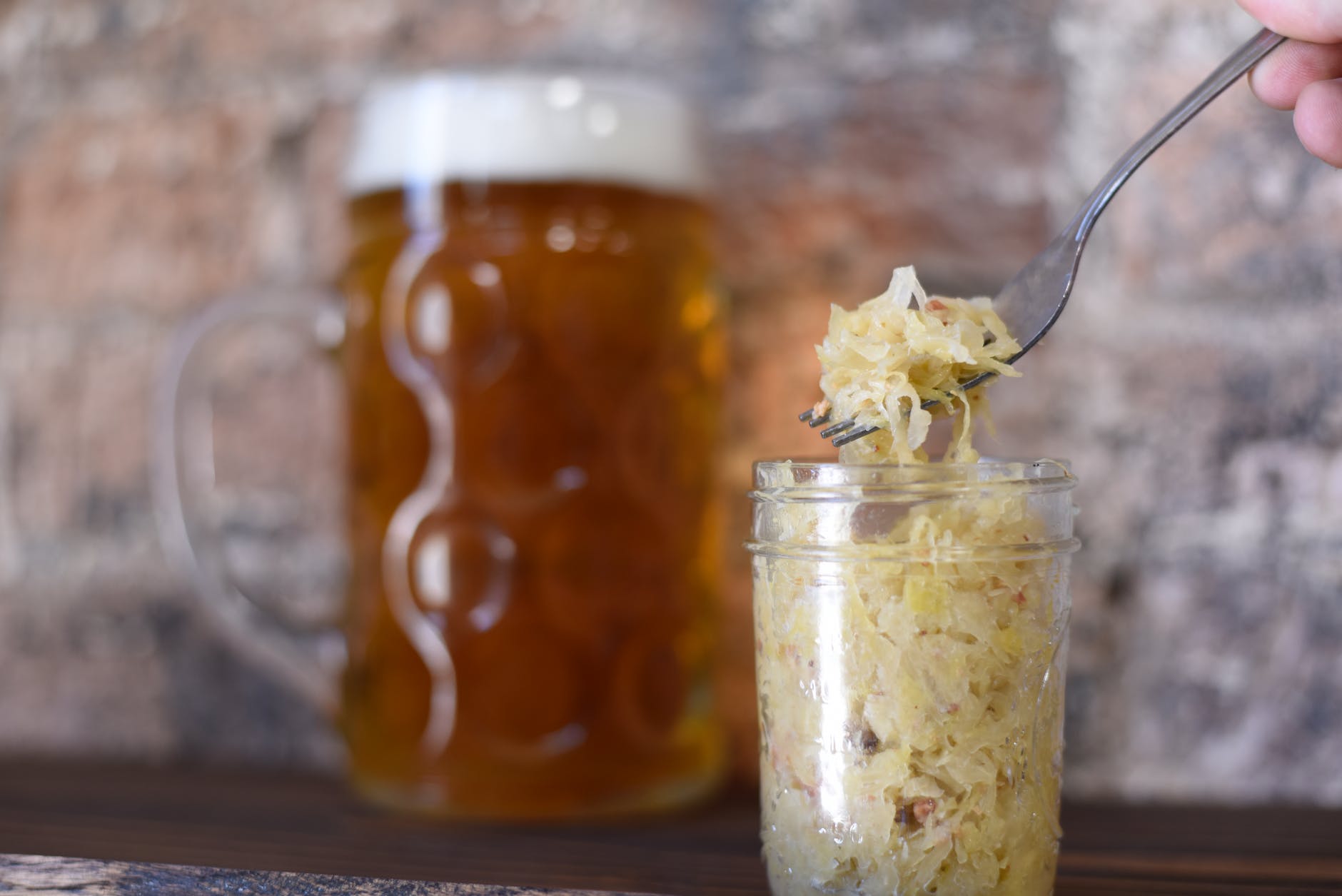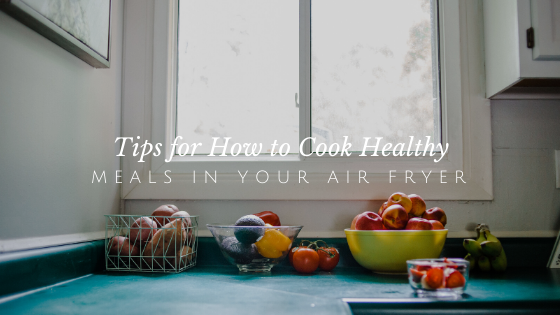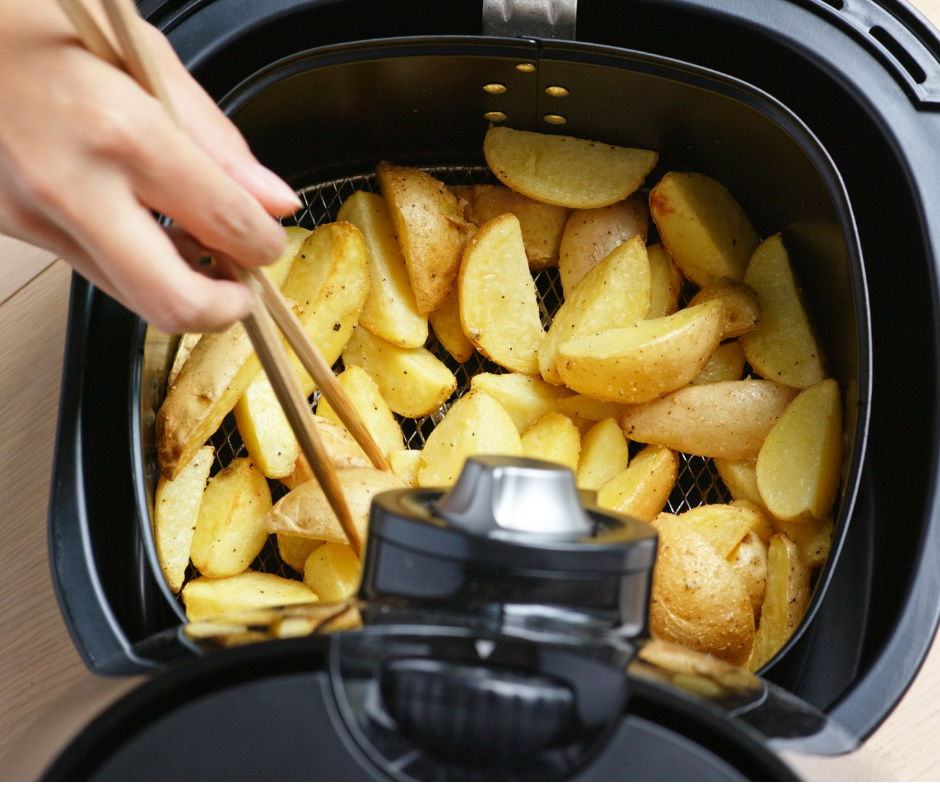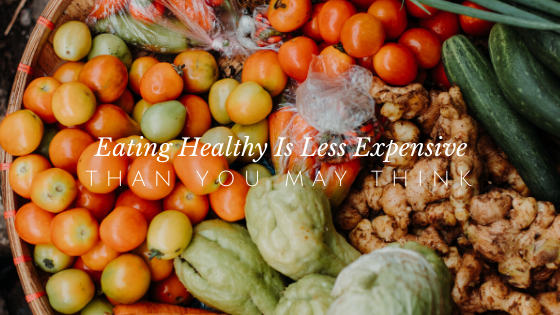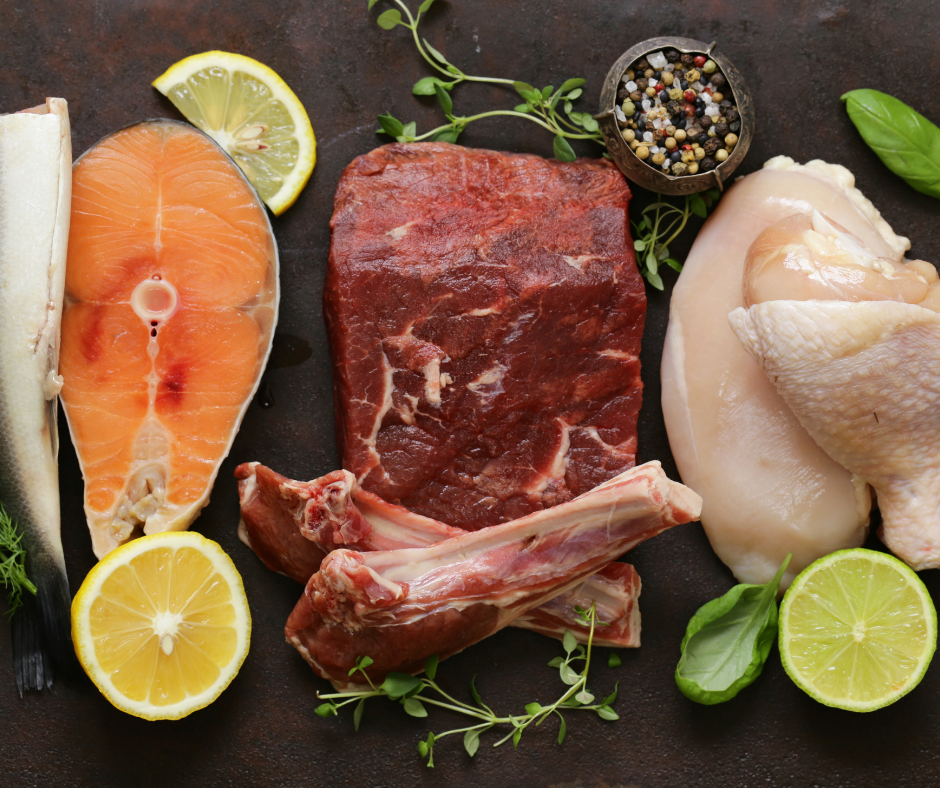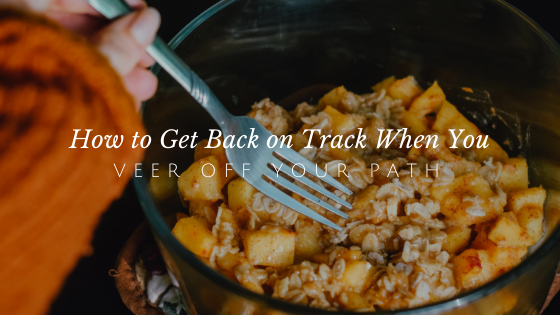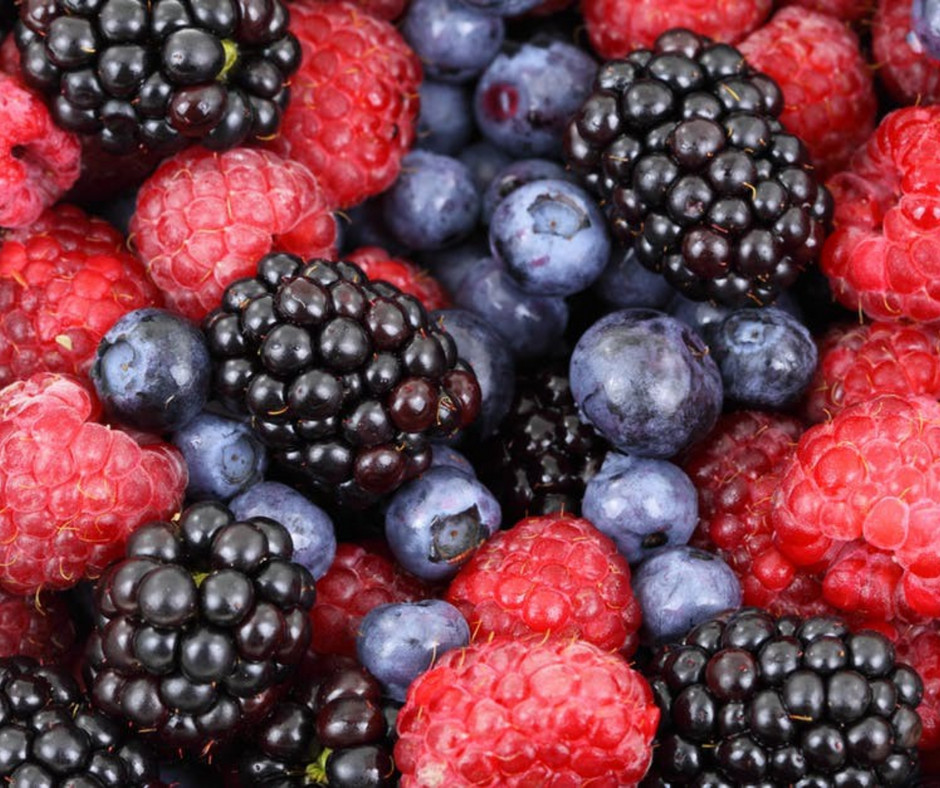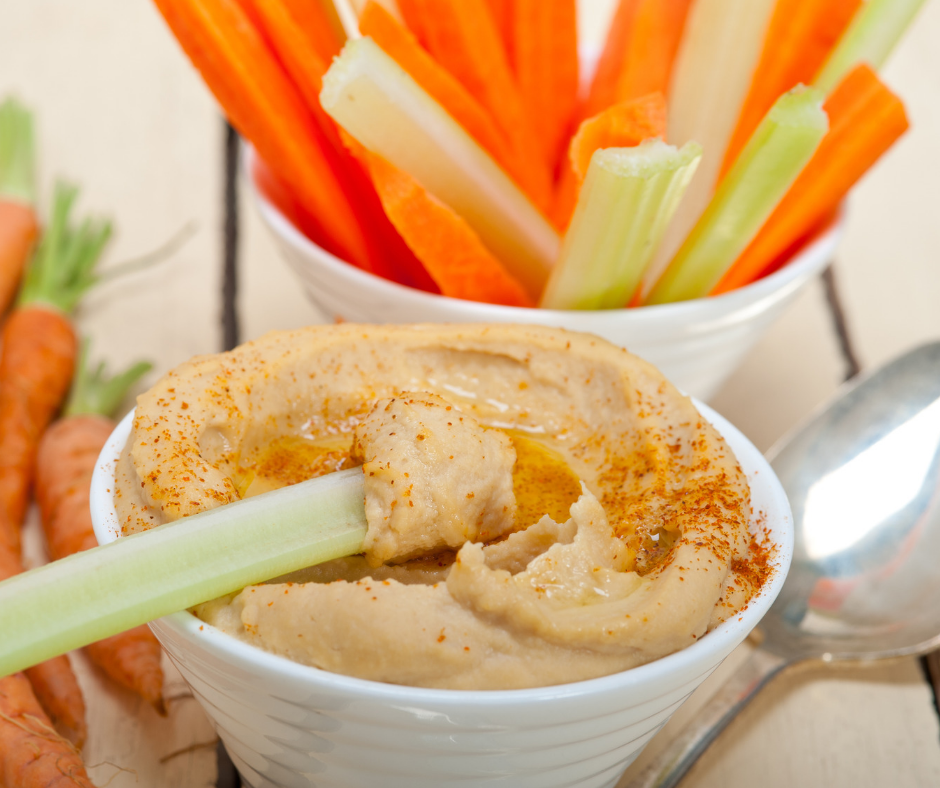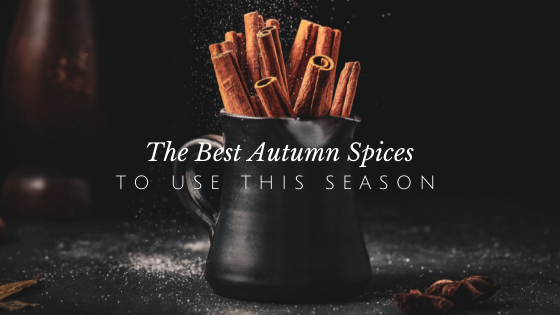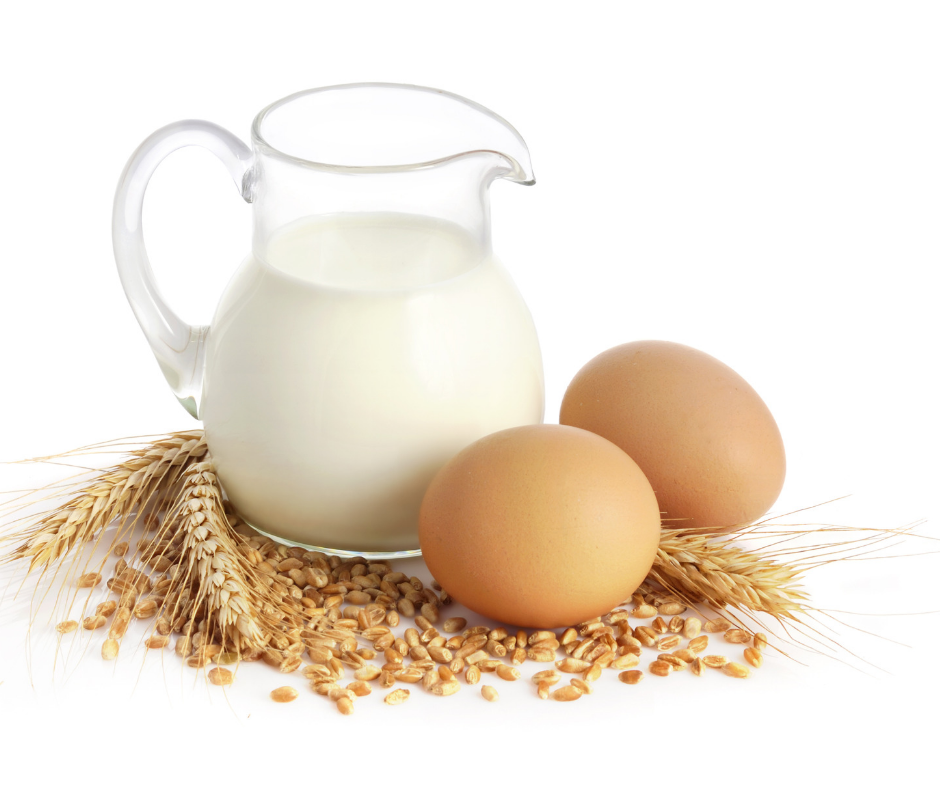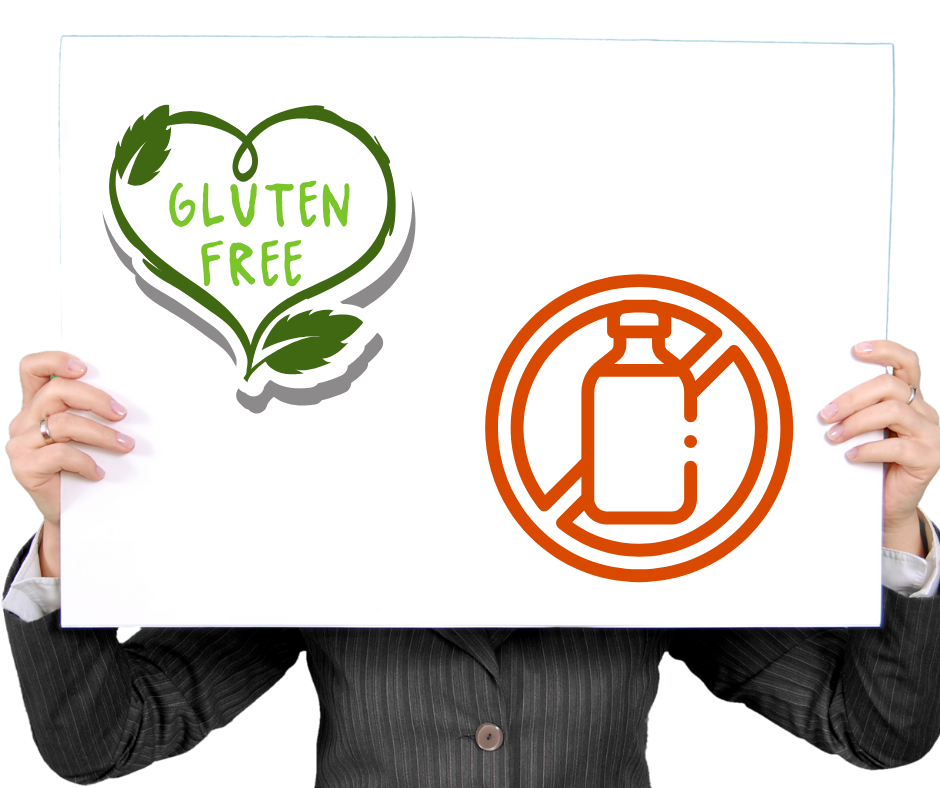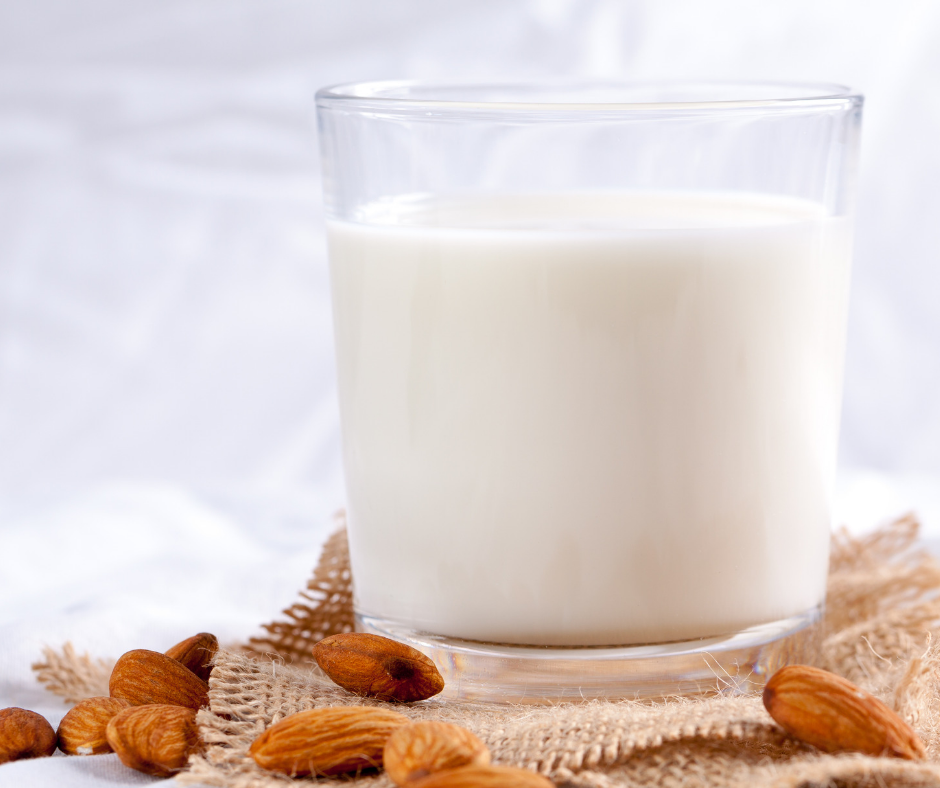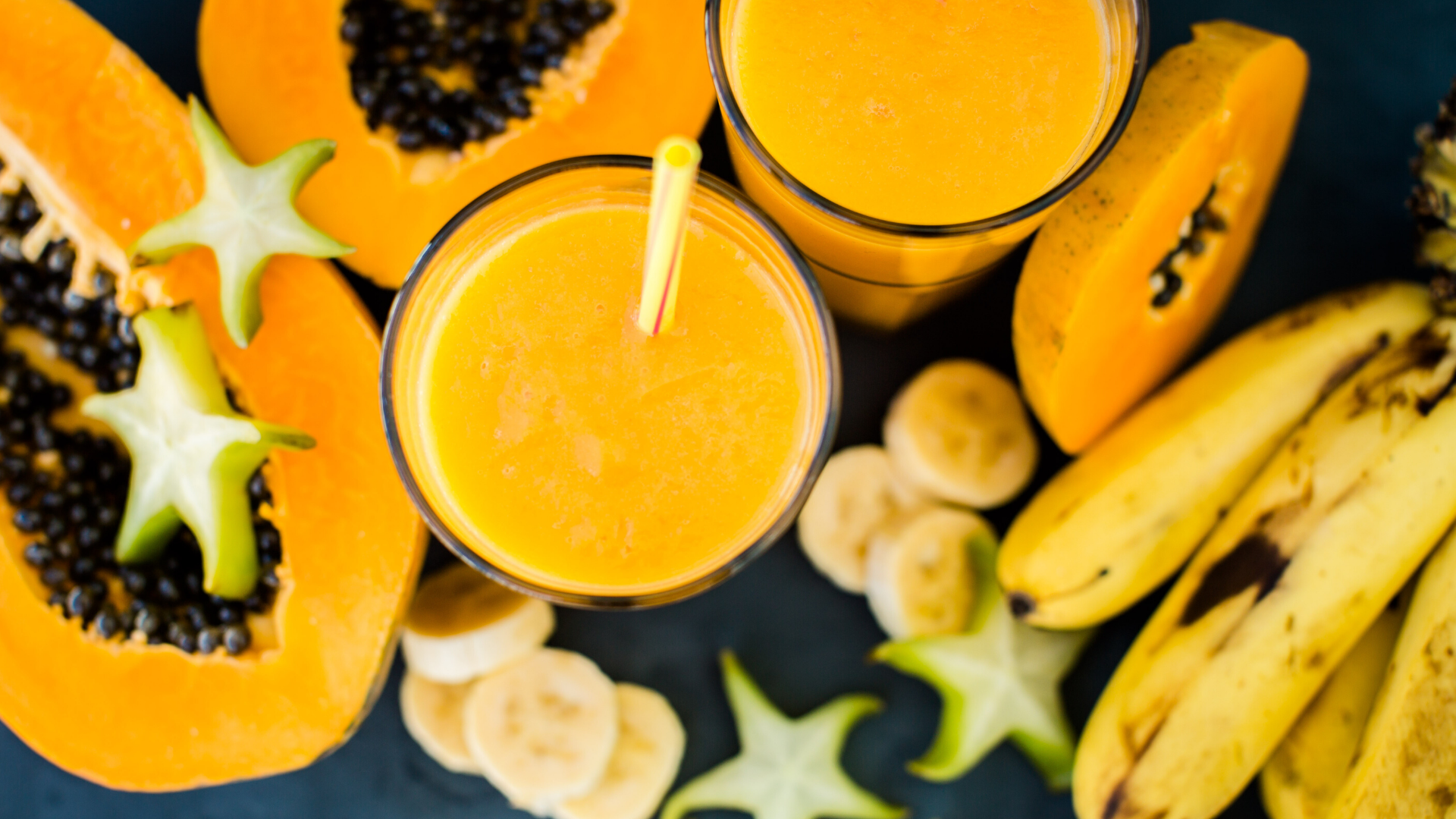
To say 2020 threw me a few lemons would be an understatement it was more like a few boulders (gigantic ones!)…
I’ll do a quick recap: the first boulder occured early in the new year. My laptop began to play wonky so I took it in and was told it was an easy fix of reloading Microsoft (I was told lots of folks were having this issue…). My hard drive crashed and Murphy’s Law was in full play here as all of my business files (my just finished taxes for 2019!) and photos were corrupted and could not be recovered.
So you just deal with it what else can you do, right? The next boulder occurred on April 1st (gotta love the humor) when I was hospitalized for bi-lateral pulmonary embolism with lower left lung infarction along with deep vein thrombosis in both lower legs. A complication of recent leg work I had been doing for venuous insufficiency. Scary stuff especially since I almost blew off the symptoms!
In the meantime, with Covid-19 shut-downs and social distancing, my nutrition business reduced to almost nothing.
I will add in too that I had been dealing with a very sturbborn and bad case of plantar fasciitis that was not responding to any therapy for over a year.
Moving along and not really a boulder, let’s say more of a pebble for me, I tested positive for Covid in October. I was very fortunate that I only had a stuffy nose and lost my sense of taste and smell.

The final boulder and a boulder partly of my own choosing was an overdue surgery on my right shoulder in December to repair my torn rotator cuff, bicep, and bone spur requiring me to wear a sling for 6 weeks and 3 months of physical therapy. I am right hand dominent!
When you are restricted from walking, using your right arm, and mostly staying at home because of Covid, you have alot of time to think (and eat – hello covid 20!). Time to think about the important things like what you really want, is what you are currently doing working for you, bringing you joy? what do I need to change? making a plan, and so on… I can now say I highly reccomend this long overdue inner soul searching it is so freeing!
This is where the change(s) comes in!
As many of you know, we became RV weekend warriors last year camping in our new RV trailer. We have caught the bug and now have a retirement plan to downsize and become rootless (RV fulltime) and travel.

After finally giving in to the Zoom meeting platform, I have decided to continue seeing clients virtually (and I can continue do this on the road too!). To simplify even further, I am downsizing my nutritional therapy services to the single Nutritional Recommendations Plan and Food Sensitivity testing. I have made one addition that I will share with you below. In the future I may look at adding back in Hair Tissue Mineral Analysis when I finish my training.
A final change that I am so excited to share with you is my new partnership with Beautycounter. It was a no brainer to add Beautycounter to my nutritional therapy services. Here’s why:
While being passionate about what goes in my body, I am also just as passionate as to what goes on my body. Our skin is our largest organ and everything we put on it gets absorbed into our bloodstream and does so in like 26 seconds!
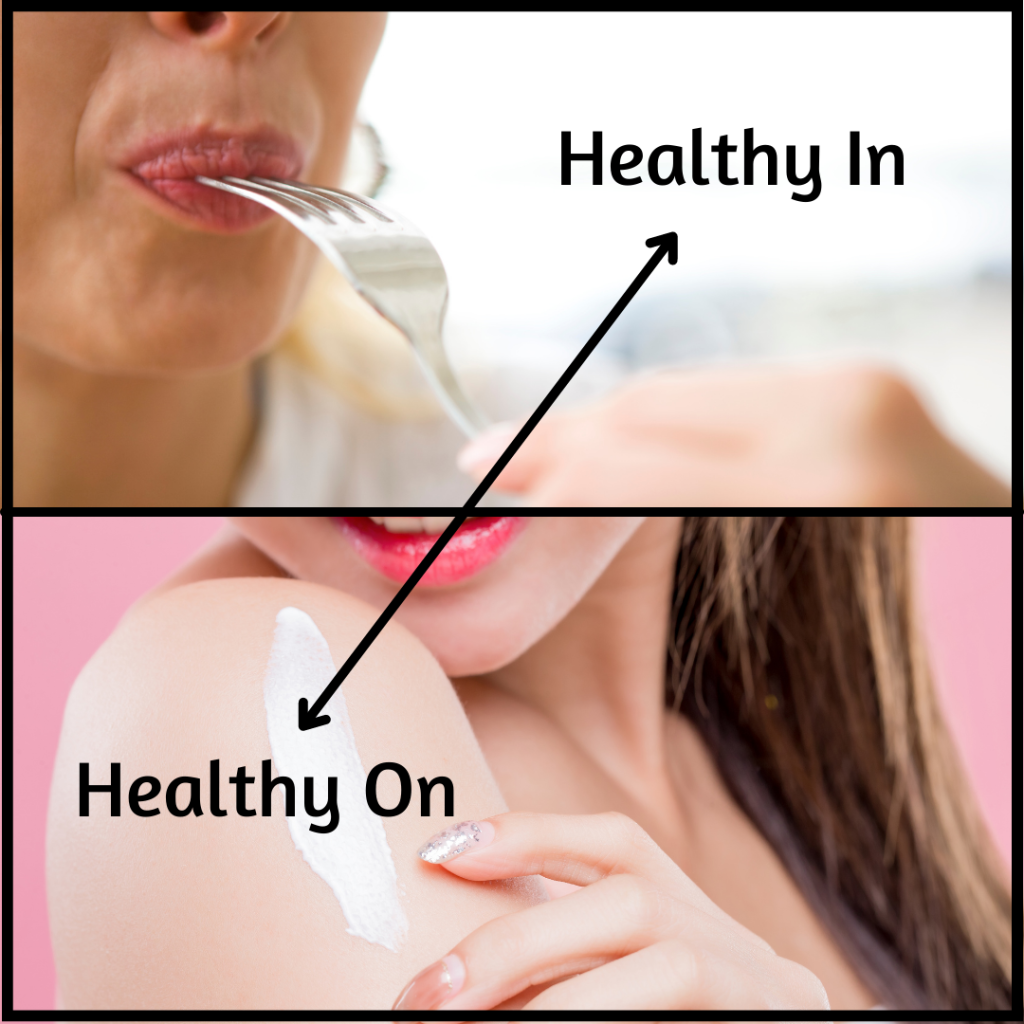
The beauty industry is a trillion-dollar industry and in this country there is very little legislation regulating it and it hasn’t been updated since 1938! There are only 30 ingredients banned here in the USA where in Europe it is 1400. When I learned this it really started a fire in me! This is where Beautycounter comes in as they are all about changing this.
I started using Beautycounter products a few months ago and I absolutely love them – my skin has never looked better!
Beautycounter’s values are very much in line with my lifestyle and what is important to me:
- They provide clean, safe effective beauty products – 1800 unsafe ingredients in their Never List
- Strong advocates for cleaner, safer legislation
- Responsible sourcing
- Sustainability – working towards carbon neutrality, 100% recyclable packaging
- Women owned business
Read more about their very impressive Mission Statement here: https://www.beautycounter.com/our-mission
I feel confident recommending Beautycounter to my family, friends and clients as the integrity of this company and their mission is second to none. You can trust that their skin care, self care and makeup are safe, and clean with no additives or fillers. Beautycounter is also giving me an exciting new business opportunity with the flexibility to have a side hustle on the road!
New Beautycounter clients can enjoy 20% savings (some exclusions apply) beginning Thursday, April 29th.
If you are ready to transition to cleaner beauty products, I would love to help you!

On a final note, I would like to invite you to a Facebook group I will be forming shortly. Beautycounter sparked my idea for this group which will be about embracing your age whatever it is. A conversation about all aspects of aging both mentally and physically. A place for women to come together and share thoughts and experiences on living our best lives as time inevitably marches on. Tips on beauty, health, wellness, nutrition/food/recipes, movement, meditation, humor and living!
The name of my new Facebook group will be “You are the Perfect Age.” I will be transitioning my current “Live Your Best Health Forward” Facebook Group to “You are the Perfect Age” shortly. If you already belong to this group you are good to go. If you would like to be a part of the new group, please join the Live Your Best Health Forward FB group here:
https://www.facebook.com/groups/754643657985515
So yeah my year of lemons (or boulders!) although painful turned into some much needed perspective and positive exciting changes!
Thank you for following along on my journey, and as always I wish you the the best in health!
Cynthia
More ways to connect with me:
Join my weekly newsletter for health & wellness tips, recipes & more.
Follow me on Facebook Prairie Hill Nutrition
Follow me on Instagram Cynthia Hill, NTP
Join my Facebook Group Live Your Best Health Forward!
http://www.prairiehillnutrition.com/
This post may contain affiliate links.







